William “Bill the Butcher” Poole was a larger-than-life figure in 19th century New York City. He led the fearsome Bowery Boys street gang, which allowed him to become one of the most influential figures in the criminal underworld and eventually the political establishment.
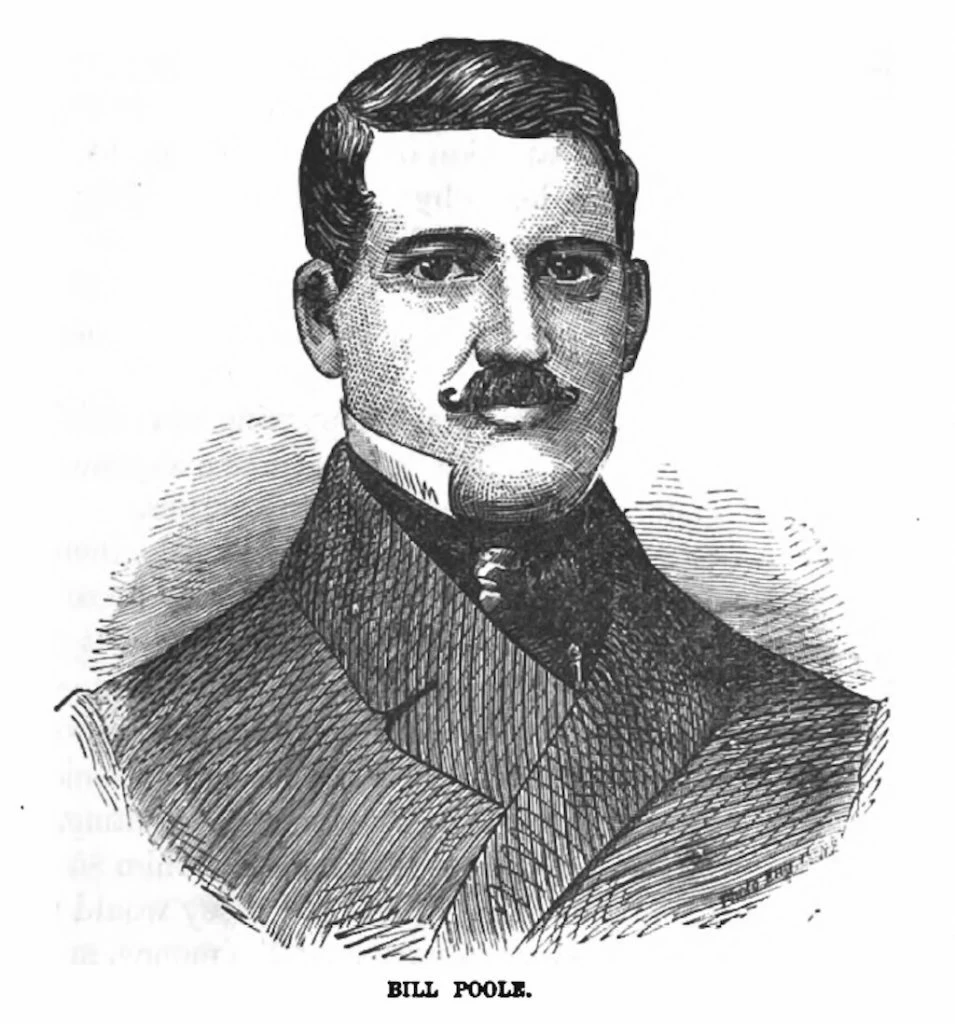
His gang affiliation and opposition to Irish-Catholic street gangs led him to become a leader in the newly formed Know Nothing Party. The Know-Nothings would become one of the major national political parties in the 1850s.
You May Also Like: Ken McElroy and the Vigilantes of Skidmore, Missouri
Bill the Butcher died as he lived, which is to say violently. Years later, Daniel Day-Lewis portrayed a heavily fictionalized version of him in Martin Scorsese’s Gangs of New York. But Bill was already a legend.
Bill the Butcher and the Bowery Boys
William Poole was born to English immigrants in New Jersey in 1821. His parents moved to New York City and opened a butcher shop. William eventually took it over, and this partly gave him the nickname “Bill the Butcher.” He also earned that nickname because of his bare-knuckle boxing ability and his tendency to beat his opponents so badly that they looked like bloody cuts of meat.
His butchery career honed his skill with a knife. His knife-fighting talent, combined with his boxing ability, made him one of the country’s most respected street fighters. He fought dirty, willing to gouge out eyes or bite off noses. He quickly rose to become the leader of the Bowery Boys, a street gang based in the Five Points neighborhood, one of the worst slums in the country.
During this time, street gangs were more than just criminal organizations. Their members came from impoverished neighborhoods, which the city neglected. In the absence of social services, street gangs often filled the void and provided them, such as firefighting. In the 1840s, Bill joined the Howard Fire Engine Company #34.
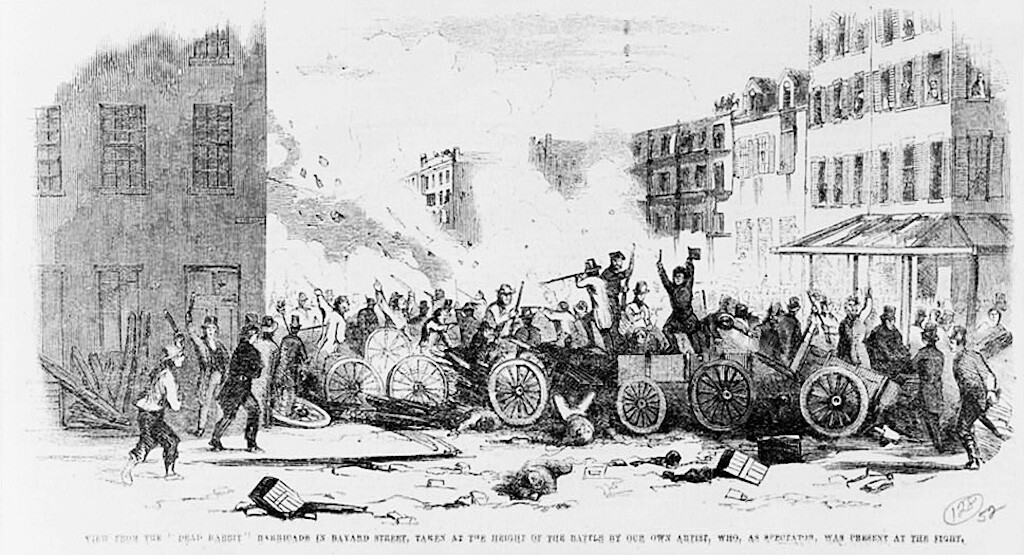
But rival gangs, like the Dead Rabbits, also controlled firefighting companies, and their rivalries extended to fighting fires. When rival firefighting companies arrived at a fire, they would often brawl in the street while the building burned. And if the Bowery Boys couldn’t come in time to put out a fire themselves, they made sure their rivals couldn’t, either. When a fire broke out, a Bowery Boy would rush to the area, put a barrel over the nearest fire hydrant, and sit on it.
Nativists
In the first half of the 19th century, waves of Europeans immigrated to the United States. Between 1820 and 1845, between 10,000 and 100,000 immigrants, many from Ireland and Germany, moved to the U.S. every year. Between 1845 and 1854, 2.9 million more immigrants came to America.
You May Also Like: Hellfire Club History: Beginnings of the Infamous Secret Society
In response, many Americans, whose parents and grandparents had been immigrants themselves, came to hate these new arrivals for economic and ethnic reasons. These “Nativist” Americans believed that immigrants would take all available jobs and opportunities and “crowd them out” of the country. Many of these immigrants were also Catholic. Since Nativists were mostly Anglo-Saxon Protestants, religious tensions were high and easily inflamed.
By midcentury, over half of New York City’s population was Irish-Catholic. The Tammany Hall political machine, which had allowed the Irish to be members since 1817, used the immigration explosion to dominate city politics. Many Irish-Catholic street gangs, like the Bowery Boys’ rivals the Dead Rabbits, were closely linked to Tammany Hall and often worked to drive out the vote.
Know-Nothing Party
The rise of Tammany Hall led Nativist Americans to band together themselves under the Know-Nothing Party. The Know-Nothing Party started in 1849 in New York City. It spawned out of a secret society called the Order of the Star-Spangled Banner. Early on, when members of this group were questioned about their activities, they were expected to say they “knew nothing,” which gave the party its name.
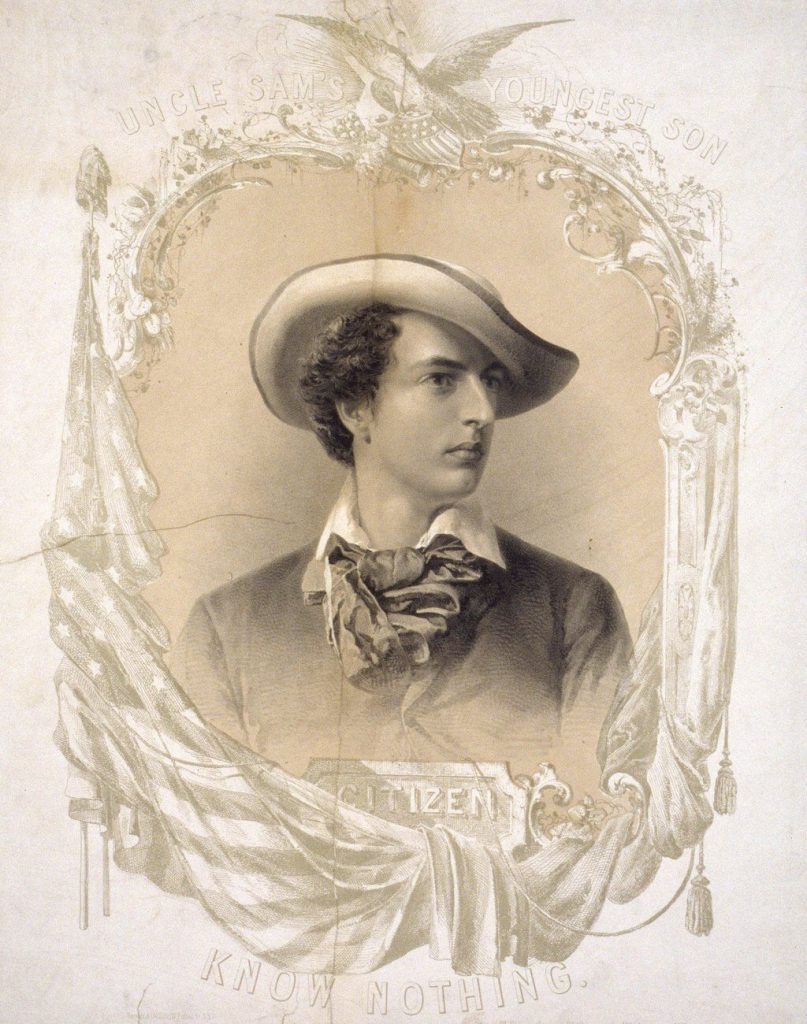
The Know-Nothings expanded across the country, and by 1855, 43 members of Congress were Know-Nothings. As a Nativist New Yorker and enemy of the Irish-Catholics, William was an early leader of the Know-Nothing Party. He organized its members to vote together and oppose the Irish immigrants.
John Morrissey And Tammany Hall
Bill’s main rival was the Tammany Hall organizer John Morrissey. Morrissey was born in Ireland in 1831 and immigrated to New York City two years later. He grew up to be a large and tough individual who also loved to bare-knuckle box. These qualities made Morrissey an appealing recruit for Tammany Hall.
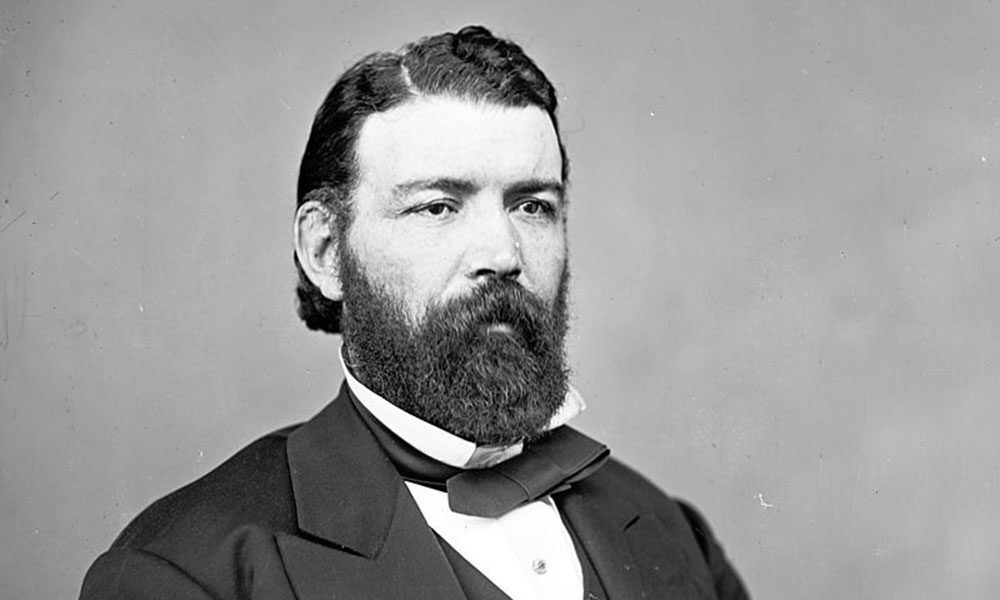
He joined the organization and worked as an “emigrant runner,” helping newly arrived immigrants obtain citizenship and find jobs in exchange for their votes. Like Bill, Morrissey spent election days working as a “shoulder-hitter,” protecting voters from violence and harassment so they could vote.
Poole and John Morrissey were on a collision course. They squared off in the 1854 mayoral election. Morrissey defended his voters from Bill’s interference, and the Tammany Hall candidate won. Later that year, Bill and Morrissey fought in a highly anticipated boxing match. Bill badly beat Morrissey and was declared the winner. However, Morrissey’s supporters claimed some of Bill’s friends had attacked Morrissey during the fight. Either way, Morrissey began plotting his revenge.
William Poole Dies a Martyr
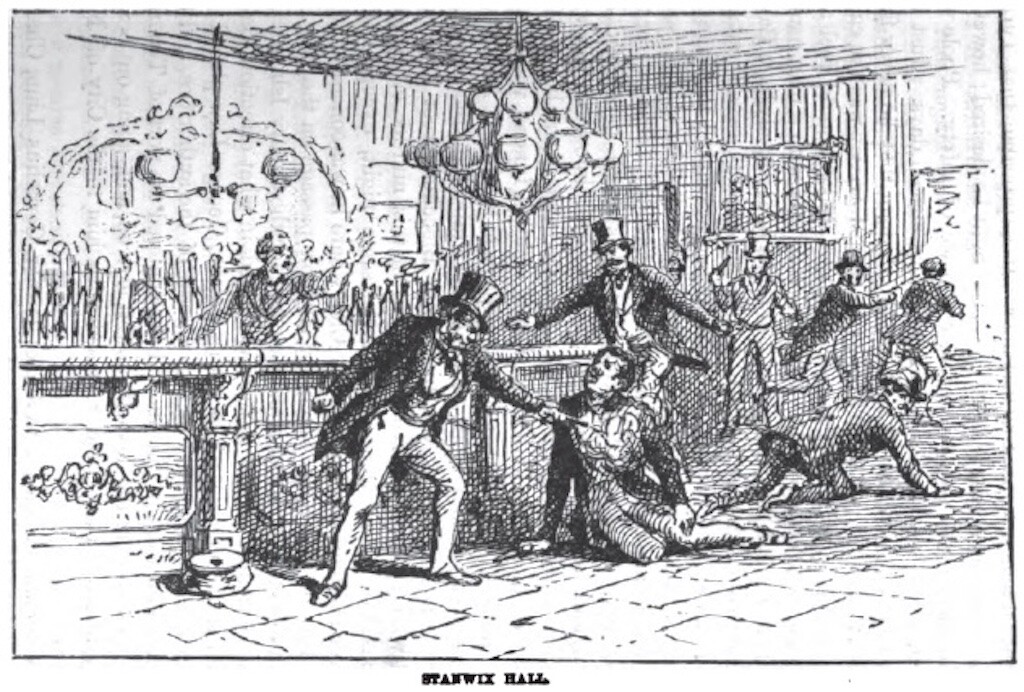
On February 25th, 1855, Poole and John Morrissey bumped into each other at New York City’s Stanwix Hall bar. They traded insults, then blows. The authorities arrived and took them to separate police stations but released them without charges. Bill returned to Stanwix Hall around one a.m. They ran into another group of Tammany Hall enforcers and a second fight broke out. During the melee, Bill was shot in the chest and the leg. He would die eleven days later. His last words were reportedly:
Goodbye-boys, I die a true American.
Nativists around the country were outraged by the killing. The anger increased when Morrissey and his associates were acquitted in three separate trials. William Poole’s death at the hands of Irish-Catholics became a rallying cry for anti-immigrant Nativists. Many groups even staged plays about Bill’s final days, draping him in the flag. He became a martyr for the Nativist cause, who were willing to overlook Bill’s bloody, undemocratic methods.
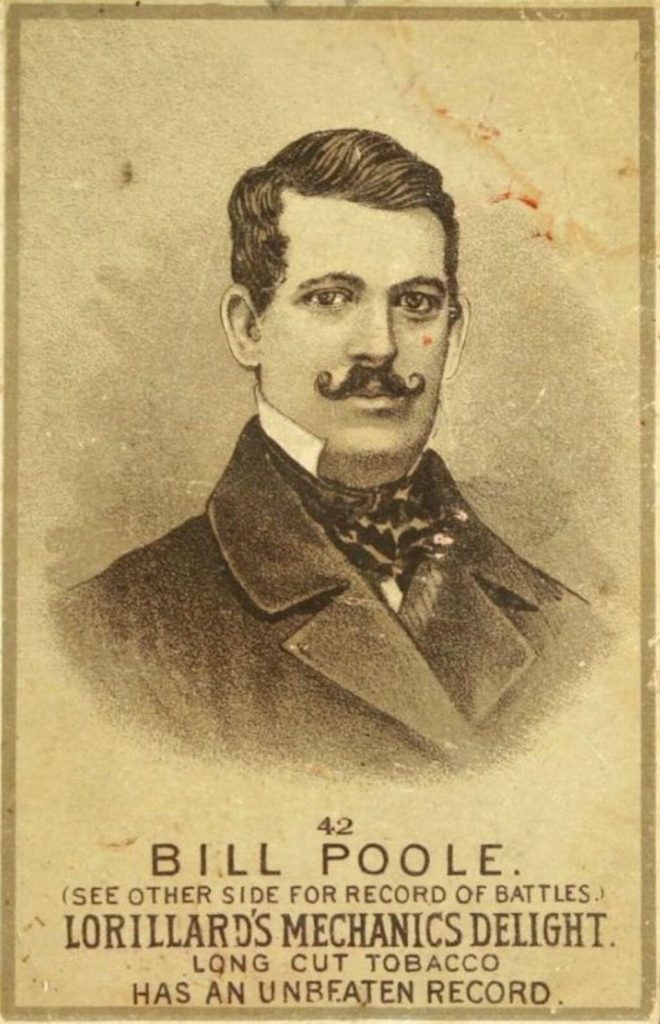
The Know-Nothing party essentially died out after the 1856 presidential election, but their beliefs live on. Nativist movements arose in the 1890s and 1920s. George Wallace ran on a neo-Know Nothing platform in 1968. Anti-immigrant ideology continues to exist in American politics, waiting for people like Bill the Butcher to exploit it.
Poole is buried at Green-Wood cemetery in Brooklyn.